استخدمت شركة أبل شاشات من نوع OLED لأول مرة في هاتفها آي-فون X. وكانت تعتمد فيما مضى على شاشات LCD أو “Liquid Crystal Display” المنتشرة بشكل كبير جدا في العديد من الهواتف المحمولة.
وبما أن أبل ستستخدم شاشات LCD فلن تستخدمها على حالها إذ لا بد أن تضيف لها نكهتها الخاصة فطورت هذه الشاشات إلى ما يعرف بالشاشة ” الريتنا أو Retina ” والتي استخدمت لأول مرة في الآي-فون 4، فبدلا من وجود 4 بيكسل في الإنش الواحد (1 انش = 2,54 سم) ضاعفت أبل هذا إلى 20 بيكسل في الإنش الواحد فصارت دقة الشاشة أعلى وأكثر وضوحا.
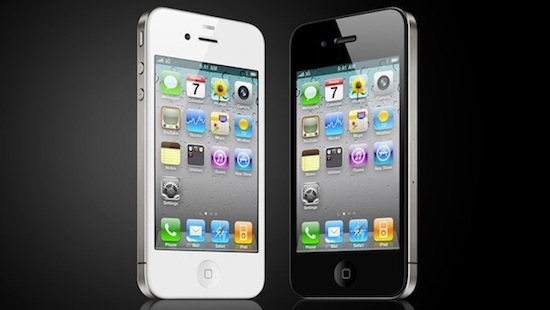
ويرمز لكثافة البيكسل في الإنش باختصار “ppi” أو Pixels per inch، فكلما زاد عدد البيكسل في الإنش الواحد كلما كانت الصورة أعلى جودة.
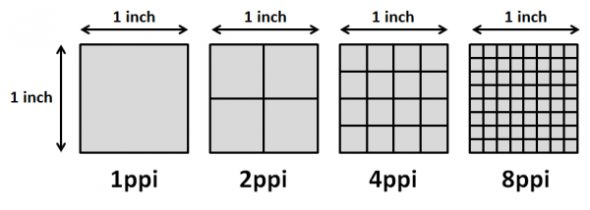
ثم تم تطوير هذه التقنية بعد ذلك حتى وجدنا 801 بيكسل في الإنش الواحد في هاتف Sony Xperia XZ Premium المميز والمقدم من العملاقة Sony، بينما آي-فون 8 بلس يأتي بكثافة 401 بكسل في الإنش الواحد فقط.

ويوجد أنواع متطورة من شاشات LCD نوع يرمز له باختصار “TFT” ونوع آخر يرمز له باختصار “IPS” وهذا الأخير هو ما تعتمده آبل منذ آي-فون 6.
شاشات LCD تتكون من عدة طبقات تحتوي واحدة منها على كريستالات مصفوفة على سطح رقيق جدا، وهذه الكريستالات مقسمة إلى بيكسل Pixel وهذه البيكسلات يتم إضاءتها بإنارة خلفية بحيث تمر الإضاءة على البيكسل ثم ترى ما هو معروض على الشاشة، وبما أنها مضاءة من الخلف فهذا يؤدي إلى فقدان اللون الأسود سواده الفعلي، وذلك يؤدي إلى قلة التباين في الصورة المعروضة وهذا يعد من مساوئ هذه الشاشات.
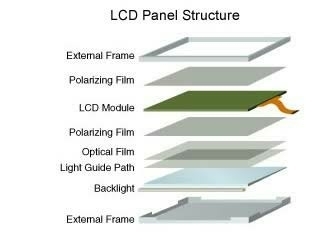
ومن مميزات هذه الشاشة أن تكلفة انتاجها قليلة كما أنها تستهلك طاقة أقل، وتتمتع بوضوح أعلى في ضوء الشمس. وما يميز هذه الشاشات أيضا هو عمرها الطويل.
شاشات OLED أو “Organic Light-Emitting Diod “
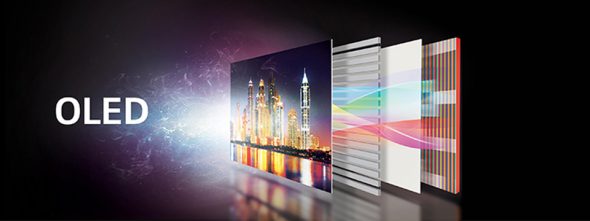
فكرة اختراع هذه الشاشات ليست وليدة اليوم. حيث اخترع باحثون في شركة Eastman Kodak أساسيات هذه التكنولوجيا في عام 1987. وما يهمنا هنا هو ما وصلت إليه هذه التكنولوجيا وطريقة عملها وتجنب مشاكلها وتحقيق أقصى استفادة منها.
طريقة عمل شاشات OLED
هذه الشاشات مصنوعة من مواد عضوية تضيء إذا مر بها تيار كهربائي، ولا تحتاج الى إضاءة خلفية مثل شاشات LCD، وفكرة الشاشة قائمة على تشغيل واضاءه البيكسلات التي نحتاج اليها فقط والباقي يكون مغلقا افتراضيا وليس به جهد كهربائي وهي بذلك تكون موفرة للطاقة بدرجة كبيرة جدا جدا. فمثلا لو كتبت حرف معين فإن البيكسلات الخاصة بالحرف هي التي تضيء فقط وباقي البيكسلات معطلة تماما وليس بها تيار كهربائي.
وبالنسبة للون الأسود في هذه الشاشة فإنه يكون مغلقا تماما غير مضيء وليس به تيار كهربائي ولا معرض لإضاءة خلفية وبذلك يكتسب سواد حقيقي كاملا. وبسبب ذلك تكون الشاشة ذات ألوان عالية الدقة والتباين. وما يعيب هذه الشاشات الا سعرها المرتفع جدا. وكذلك عمرها القصير مقارنة بشاشات LCD ومن أنواعها AMOLED و Super AMOLED، ولا شك أنها من أفضل الشاشات في العالم حاليا.
أبل تقدم نصائح لمستخدمي آي-فون X لتجنب احتراق بيكسل الشاشة
ذكرت أبل على موقعها أن شاشة آي-فون X هي أفضل شاشة OLED تم طرحها في سوق الهواتف الذكية، وتتميز بمعدل تباين مرتفع للغاية ودرجة دقة مثالية، وذلك لانها تعمل بدون إضاءة خلفية، حيث تستطيع تكنولوجيا OLED إصدار إضاءة من كل بكسل على حدة، وتتم معايرة الألوان بشكل دقيق طوال الوقت للحصول على مشاهدة مثالية.

وإذا كنت تنظر إلى شاشة OLED من زاوية بعيدة، فقد تلاحظ تغيرات طفيفة في اللون ودرجاته. وهذه سمة من السمات المعتادة في شاشات OLED. ومع الاستخدام المتواصل على المدى البعيد، قد تظهر على شاشات OLED أيضًا تغيرات طفيفة. وهذا أمر متوقع.
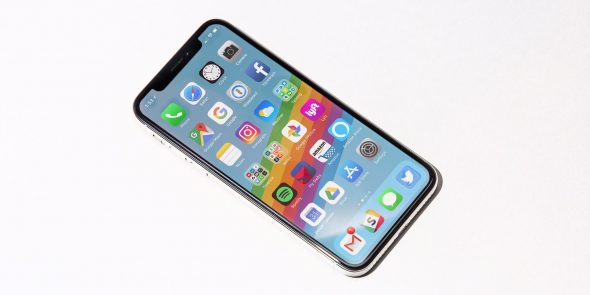
وهذا ما نسميه نحن “احتراق البيكسل” أو “الأثر الشبحيّ” وهو ظهور آثار الصورة التي تم عرضها على الشاشة سابقا على الصورة الحالية، وهذا يرجع الى أن البيكسلات المستخدمة لوقت طويل لا تفقد اتساقها ودقة ألوانها وإضاءتها مرة واحدة ولكن تفقده بالتدريج الى أن يختفي في نهاية المطاف.
وتقول أبل “لقد عالجنا شاشة Super Retina بحيث تصبح الأفضل بين الشاشات المنافسة من حيث انخفاض تأثير “الإجهاد” الناتج عن استخدام تكنولوجيا OLED”.
ولا يخفى على الجميع ما حدث لهاتف جوجل “Pixel 2 XL” فقد ظهرت مشكلة احتراق البيكسل بالكامل بعد اسبوع واحد من استخدام الهاتف. وقد أظهرت بعض الصور احتراق البيكسلات في نصف الهاتف السفلي وتحوله إلى اللون الرمادي بدون أي مسببات خارجية.
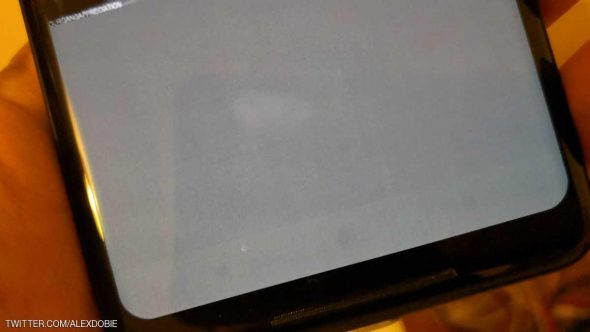
نصائح أبل لمستخدمي آي-فون X لتجنب احتراق البيكسل
1
قم بتحديث iPhone X إلى أحدث إصدار من iOS. عند توفر تحديث جديد، سيظهر لك طلب تحديث. ويمكنك كذلك مراجعة التحديثات في الإعدادات > عامة > تحديث البرامج.
2
استخدم الإضاءة التلقائية لتتمكن من ضبط مستوى سطوع الشاشة بناءً على الإضاءة المحيطة في موقعك. يكون هذا الإعداد قيد التشغيل افتراضيًا. للتحقق من هذا الإعداد، انتقل إلى الإعدادات > عامة > إمكانية الوصول > تسهيلات الشاشة.
3
قم بتعيين هاتفك على إيقاف تشغيل الشاشة عند عدم استخدامها. يُوصى باختيار وقت قصير. لضبط هذا الإعداد، يمكنك الانتقال إلى الإعدادات > شاشة العرض والإضاءة> القفل التلقائي.
4
تجنّب عرض صور ثابتة بأعلى درجات الإضاءة لفترات زمنية طويلة. وإذا كان لديك تطبيق يبقي على عمل الشاشة عند عدم النشاط على هاتفك، يمكنك مؤقتًا خفض مستوى الإضاءة باستخدام مركز التحكم.
المصدر:
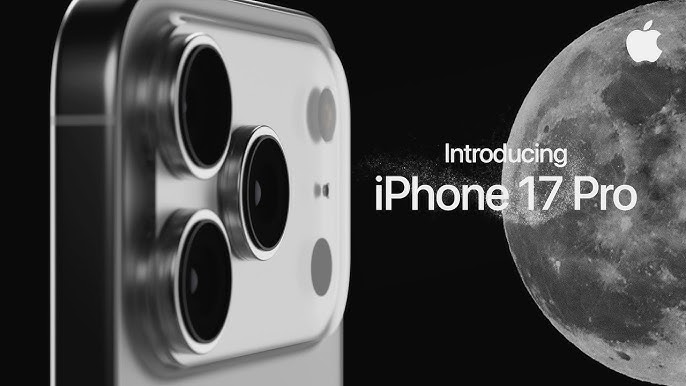
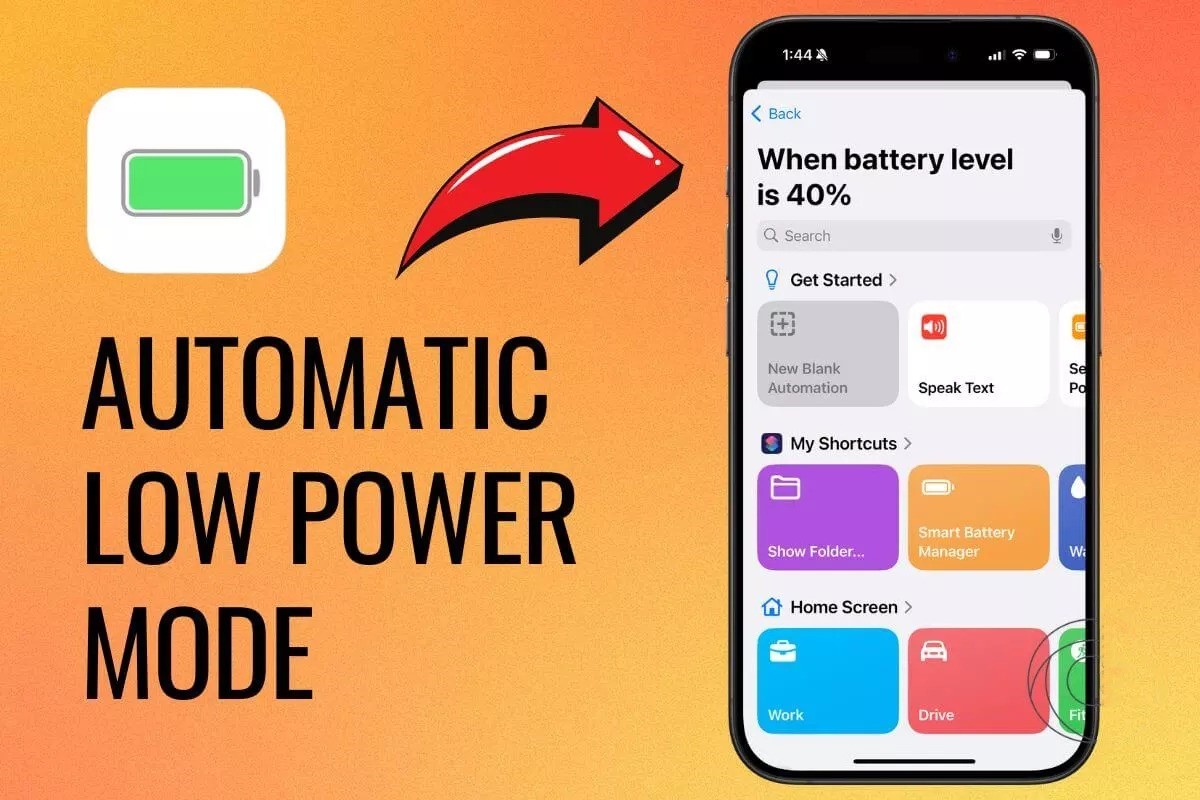

71 تعليق